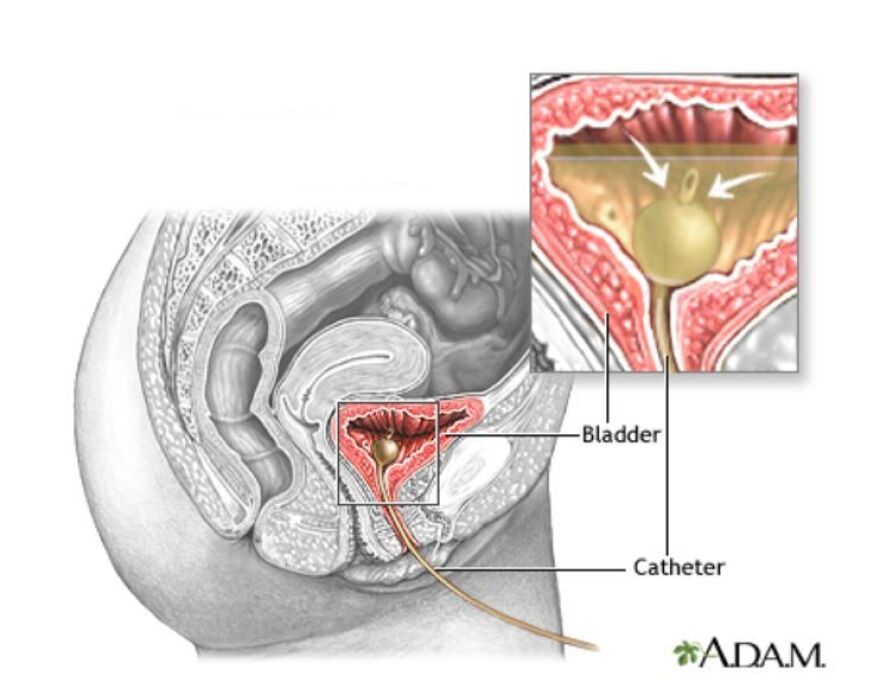Researchers at Washington University have developed a new vaccine to prevent urinary tract infections caused by catheters. This type of infection is the most common of all infections that patients can get during a hospital stay.
The vaccine is still in its very early stages and has only been tested on mice.
Catheters are widely used in hospital settings for patients who are not able to urinate on their own. The catheter ― a plastic tube ― is inserted into the patient’s urethra to allow urine to drain from the bladder. But the use of catheters often leads to infections that can make urination painful and can also damage the bladder.
Washington University molecular microbiogist Michael Caparon, a researcher on the vaccine study, said the bacteria that cause these urinary tract infections are becoming highly resistant to the antibiotics given to patients to treat them.
"And the risk, in a small percentage of those people, is that a simple infection in the bladder can progress to much more serious bloodstream infections," Caparon said. Left untreated, the bacteria can trigger sepsis, a potentially life-threatening complication.
But up until now, Caparon said, no one knew how bacteria were getting into the bladder in the first place, since they cannot grow directly on plastic catheters.
Using mice in the lab, Caparon and his colleagues found that implanting a catheter irritates the bladder, causing it to coat the plastic with a blood-clotting protein called fibrinogen. Bacteria like Enterococcus faecalis ― a common cause of urinary tract infections ― can latch onto the fibrinogen using long, thin hairs known as pili, which act as tiny anchors.
The bacteria then form a slimy growth, called a biofilm. “And that slimy coating actually allows the bacteria to protect themselves against the antibiotics,” Caparon said. The biofilm also keeps the bacteria from being washed out of the body by the flow of urine.
"Mice were now resistant"
Once they had figured out how the bacteria were attaching to the catheters, the researchers were able to create a vaccine using a protein taken from the tip of the bacterial pili ― those tiny anchor hairs. In the mice, the vaccine triggered the animals’ immune systems to produce antibodies, preventing the bacteria from forming biofilms.
“And now, since they can’t attach to the catheters, they can’t cause disease,” Caparon said. “So the mice were now resistant to coming down with the bladder infection.”
Caparon said even though the vaccine was highly effective at preventing infections in mice, developing a human vaccine based on this experimental one could take at least five to ten years.
The current study is published in the journal Science Translational Medicine.
Follow Véronique LaCapra on Twitter: @KWMUScience




